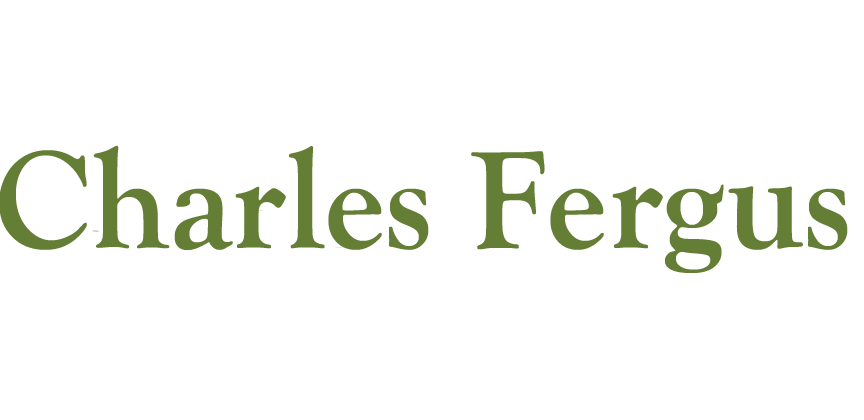Doctors and Medicine in the Early 1800s
/There’s a line from an old folk song, “I would not marry a doctor, they’re always killing the sick.” In 19th-century America, many people feared doctors and the medicines and treatments they used – or, you might say, inflicted – on their patients.
It was a time when dangerous diseases stalked the land, including smallpox, cholera, typhus, dysentery, yellow fever, scarlet fever, syphilis, measles, malaria, diphtheria, consumption (tuberculosis), influenza, and many more. In my first mystery, A Stranger Here Below, my main characters Gideon and True Stoltz survive a bout with influenza. Their infant son does not.
A young woman when healthy, and four hours before her death from cholera, circa 1831. Courtesy Wellecome Collection.

